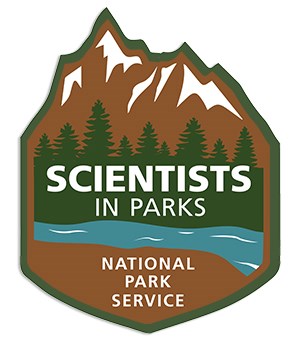
Maybe you’ve always imagined yourself working outside. Maybe you’ve considered a professional career in the sciences. Or maybe you’ve just dreamed about an office with a truly jaw-dropping view.
If so, maybe Scientists in Parks is for you!
Every year, the Scientists in Parks program places hundreds of aspiring professionals across the National Park System to contribute to natural resource management needs. Past projects have mapped sand dunes at Fire Island National Seashore, surveyed towering cacti at Saguaro National Park, and protected nesting sea turtles at Padre Island National Seashore. Others assessed pika populations at Rocky Mountain National Park, measured soils beneath the mangrove forests of Everglades National Park, and restored colorful corals beneath the waves at the National Park of American Samoa.
The Scientists in Parks Program (SIP) is a partnership with the National Park Service and Stewards Individual Placements Program, Geological Society of America and the National Park Foundation.
Find additional information on the official SIP website.
Applications are Currently Closed
Applicants that applied for Winter 25/26 positions will be notified mid-December
Summer 2026 positions starting May-September 2026 will open January 19, 2026.
Last updated: November 17, 2025
